Top Remodeling Mistakes Homeowners Should Avoid
By Scott & Karen Dillman | November 13, 2025
Highlights:
- Skipping planning and budgeting leads to costly mid-project changes and stress.
- Ignoring permits and codes can result in legal issues and project delays.
- Choosing low-quality materials often increases long-term maintenance costs.
- Poor communication with contractors can derail timelines and expectations.
- Dillman Brothers in Urbana, IL helps homeowners avoid remodeling pitfalls with expert guidance.
Understanding Common Remodeling Mistakes
Home remodeling is exciting, but even well-intentioned homeowners can make costly mistakes. From poor planning to underestimating expenses, small oversights can lead to major complications. The key to a successful remodel lies in preparation, communication, and quality workmanship. According to Kitchen and Bath Design News, about 78% of homeowners exceeded their renovation budgets in their last project due to unplanned costs or scope creep. In cities like Urbana, IL, where homes range from historic to modern builds, working with experienced professionals such as Dillman Brothers helps prevent many of these common pitfalls before they begin.
Many remodeling errors stem from rushing decisions without proper guidance. Homeowners may underestimate the importance of expert consultation or skip professional inspections to save money, which often backfires. Taking time to plan material selections, layout changes, and budget contingencies can transform a stressful renovation into a smooth experience. By establishing a clear vision early, homeowners gain control over the project’s direction, minimize costly surprises, and enjoy a final result that truly matches their expectations and lifestyle goals.
Skipping the Planning Phase
One of the most frequent remodeling errors is starting a project without a detailed plan. Homeowners may feel eager to begin construction and overlook important steps such as measuring accurately, assessing structural conditions, or setting priorities. Without a solid plan, changes are inevitable—each adding time and cost. According to Building America, a systems or “whole-house” approach — which emphasizes upfront comprehensive planning — helps avoid costly mid-project corrections. Homeowners should develop floor plans, obtain estimates, and align designs with long-term goals before work begins to avoid costly mid-project corrections.
FAQ
How much planning time should I allow before remodeling?
At least four to six weeks is ideal for researching, budgeting, and consulting professionals before starting construction.
Should I hire a designer even for small remodels?
Yes, a designer helps optimize space, choose durable materials, and avoid costly layout mistakes, even in minor renovations.
What happens if plans change mid-project?
Change orders often add cost and delay. Having a clear scope from the start minimizes mid-project disruptions.
Ignoring Permits and Building Codes
Skipping permits or failing to comply with local building codes can lead to fines or even force a homeowner to redo completed work. Some people assume small remodels—like bathroom updates—don’t require approval, but codes vary by jurisdiction. According to the U.S. Department of Energy (DOE), permits and building energy codes help ensure safety, efficiency, and compliance in renovations.In Urbana, IL, local regulations protect property value and structural integrity. Working with licensed contractors who understand these codes prevents legal and safety complications later on.
Underestimating Costs and Timelines
Another major remodeling mistake is underestimating how long and how much a project will take. Many homeowners focus on the lowest bid rather than factoring in contingencies for labor, materials, or delays. Unexpected discoveries—such as outdated wiring or hidden water damage—can quickly add expenses. Setting aside at least 10–15% of your budget for surprises can help manage these costs. Detailed contracts with clear payment milestones also protect against financial misunderstandings and unfinished work.
FAQ
Why do remodeling costs often exceed the estimate?
Estimates can miss hidden issues behind walls, rising material prices, or added design features requested mid-project.
How can I protect myself from price increases?
Get fixed-price contracts when possible and confirm material orders early to lock in costs.
What’s the average contingency fund I should set aside?
Experts recommend setting aside 10–20% of your total budget for unforeseen expenses.
Choosing Low-Quality Materials
Saving money upfront by purchasing cheaper materials can cost more in the long run. Low-grade flooring, countertops, and fixtures wear out faster, requiring replacement or repairs sooner. Home improvement experts emphasize that selecting durable, high-quality materials reduces future maintenance costs and improves overall value. For example, choosing engineered wood over solid hardwood may offer both style and resilience. Partnering with experienced remodelers like Dillman Brothers helps ensure quality materials fit your vision and budget.
Overlooking Energy Efficiency
Energy-efficient upgrades are often forgotten during remodeling, but they can reduce future utility costs and improve comfort. Replacing old windows, upgrading insulation, and installing LED lighting or smart thermostats contribute to long-term savings. Even small changes—like sealing air leaks—make a noticeable difference. Energy-efficient design is especially valuable in Urbana, IL, where temperature fluctuations between seasons can drive heating and cooling costs higher. Incorporating efficiency early in the project maximizes return on investment while improving home performance.
FAQ
What are the easiest energy-efficient upgrades to include?
Installing better insulation, Energy Star-rated windows, and LED lighting are affordable, effective improvements.
Do energy-efficient remodels increase home value?
Yes, buyers often pay more for homes with reduced utility costs and eco-friendly features.
How can I make my remodel more sustainable?
Use recycled or locally sourced materials, add solar panels if feasible, and choose appliances with high efficiency ratings.
Failing to Communicate with Contractors
Clear, consistent communication is essential in remodeling. Misunderstandings about design preferences, costs, or schedules often lead to tension and rework. Homeowners should establish a single point of contact and maintain weekly check-ins. Visual references—like sketches or sample boards—help align expectations. Documenting all decisions in writing protects both parties. A good contractor welcomes questions and updates clients regularly, ensuring a transparent and stress-free renovation process from start to finish. Building trust through communication prevents small issues from escalating into major delays and helps everyone stay focused on the same vision.
Neglecting Functionality for Aesthetics
A beautifully designed space isn’t practical if it doesn’t meet daily needs. Many homeowners prioritize visual appeal but forget about storage, traffic flow, or lighting. For instance, installing a kitchen island that blocks appliances or forgetting outlets in key locations can affect usability. A well-designed remodel balances style and function, creating spaces that are as comfortable as they are beautiful. Consulting with professionals who specialize in layout efficiency prevents these design regrets.
Overlooking Long-Term Maintenance
A remodel should not only look good on day one but also age gracefully. Ignoring maintenance needs—such as sealing grout, repainting trim, or cleaning gutters—can shorten the lifespan of updates. Homeowners should choose finishes that are easy to clean and maintain over time. Regular upkeep keeps the home looking fresh and prevents small issues from becoming costly repairs. A professional remodeling company can guide you toward durable products that require minimal maintenance.
Many homeowners also forget that maintenance begins right after the remodel is complete. Properly curing paint, sealing new flooring, and following manufacturer care instructions are vital to protecting your investment. Establishing a seasonal maintenance checklist helps you stay ahead of wear and tear while preserving the home’s aesthetic appeal. By treating upkeep as part of the remodeling process, you can safeguard your renovation for years to come and maintain both its beauty and functionality.
Remodeling Smart in Urbana, IL
Avoiding common remodeling mistakes starts with careful planning, honest budgeting, and consistent communication. By focusing on quality materials, compliance with local codes, and long-term functionality, homeowners can create lasting improvements that enhance comfort and value. For those in Urbana, IL, working with trusted professionals like Dillman Brothers offers peace of mind throughout every phase—from initial design to final inspection. Their experience helps homeowners make confident, informed choices, turning remodeling dreams into durable, beautiful realities.
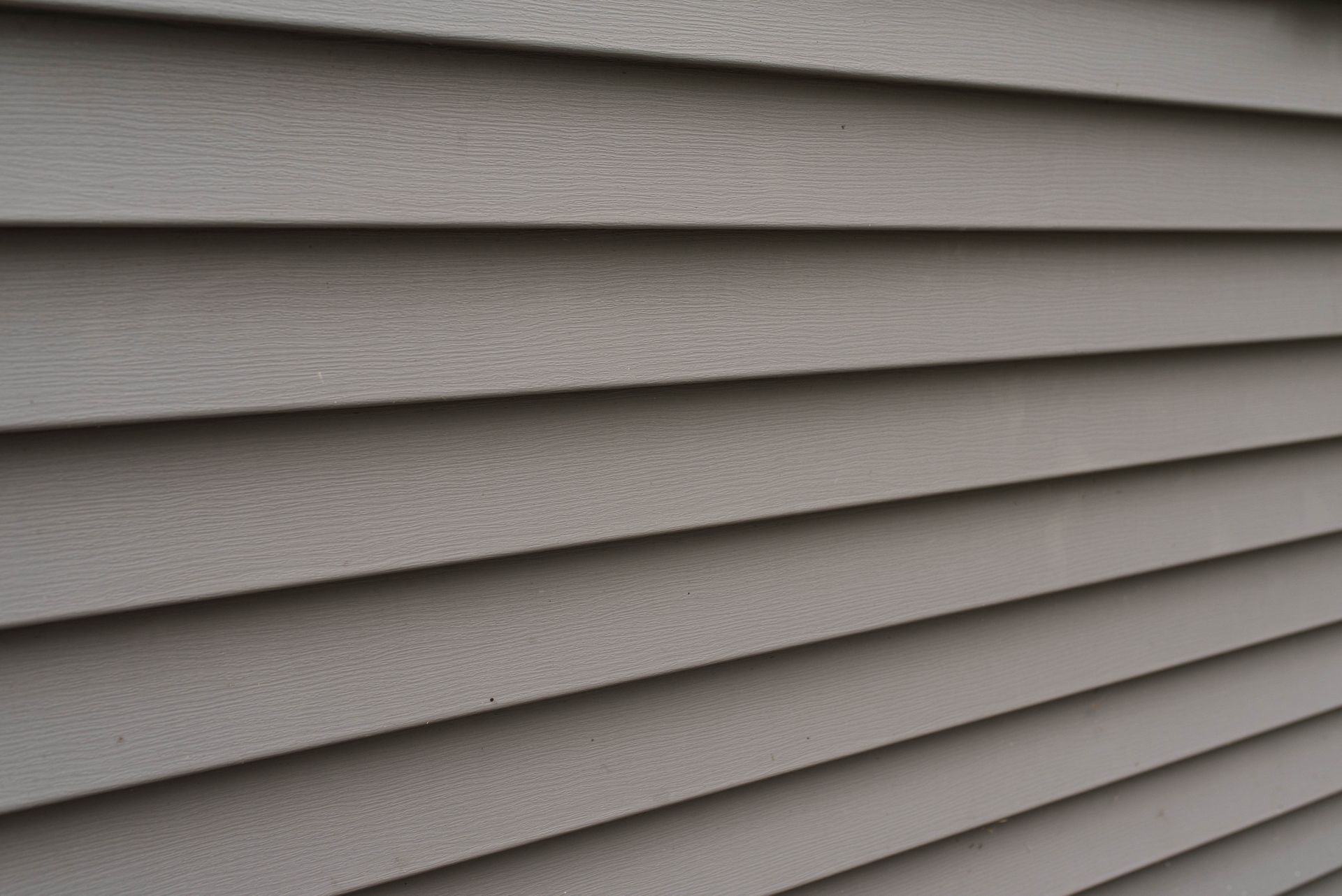


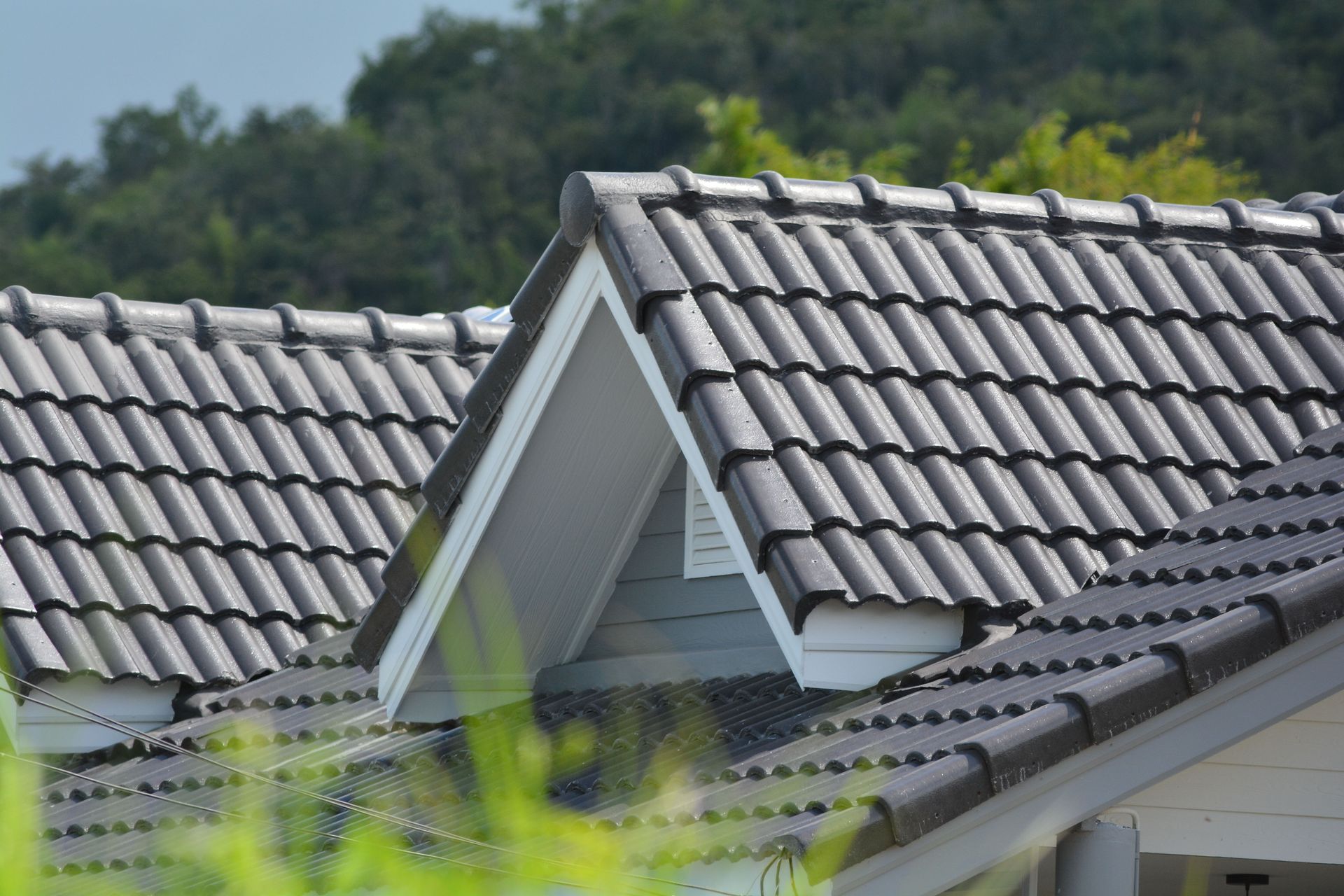
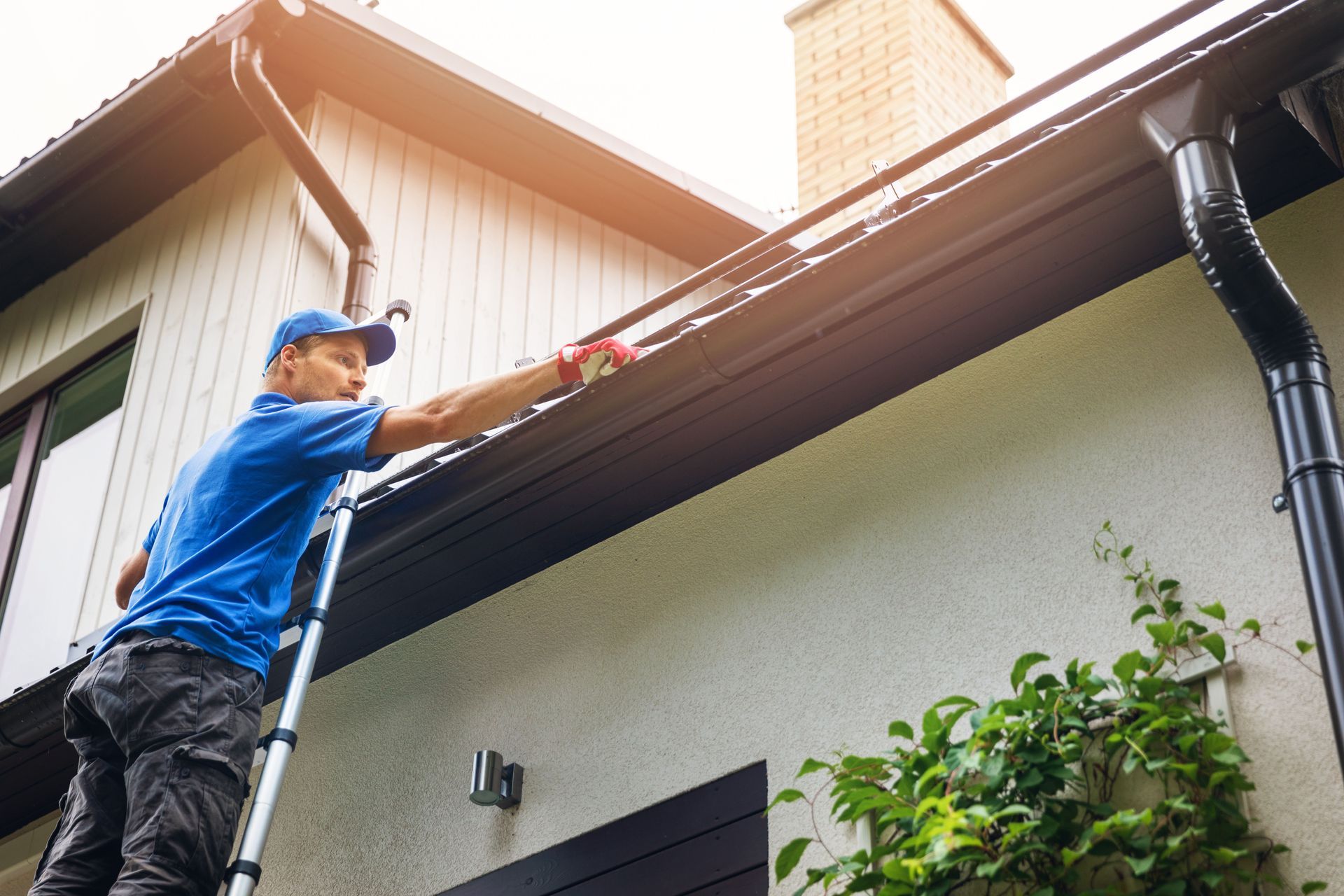

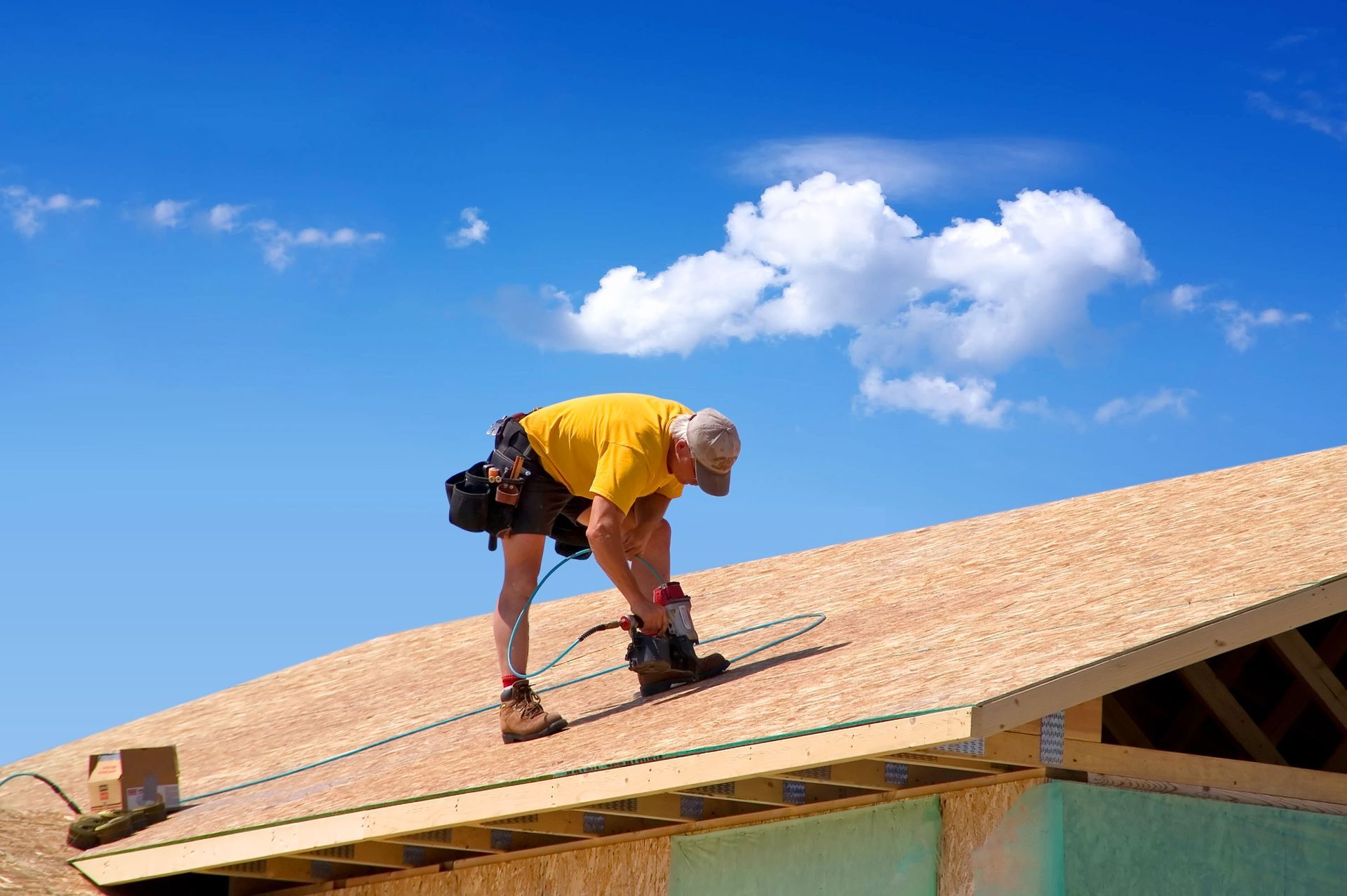
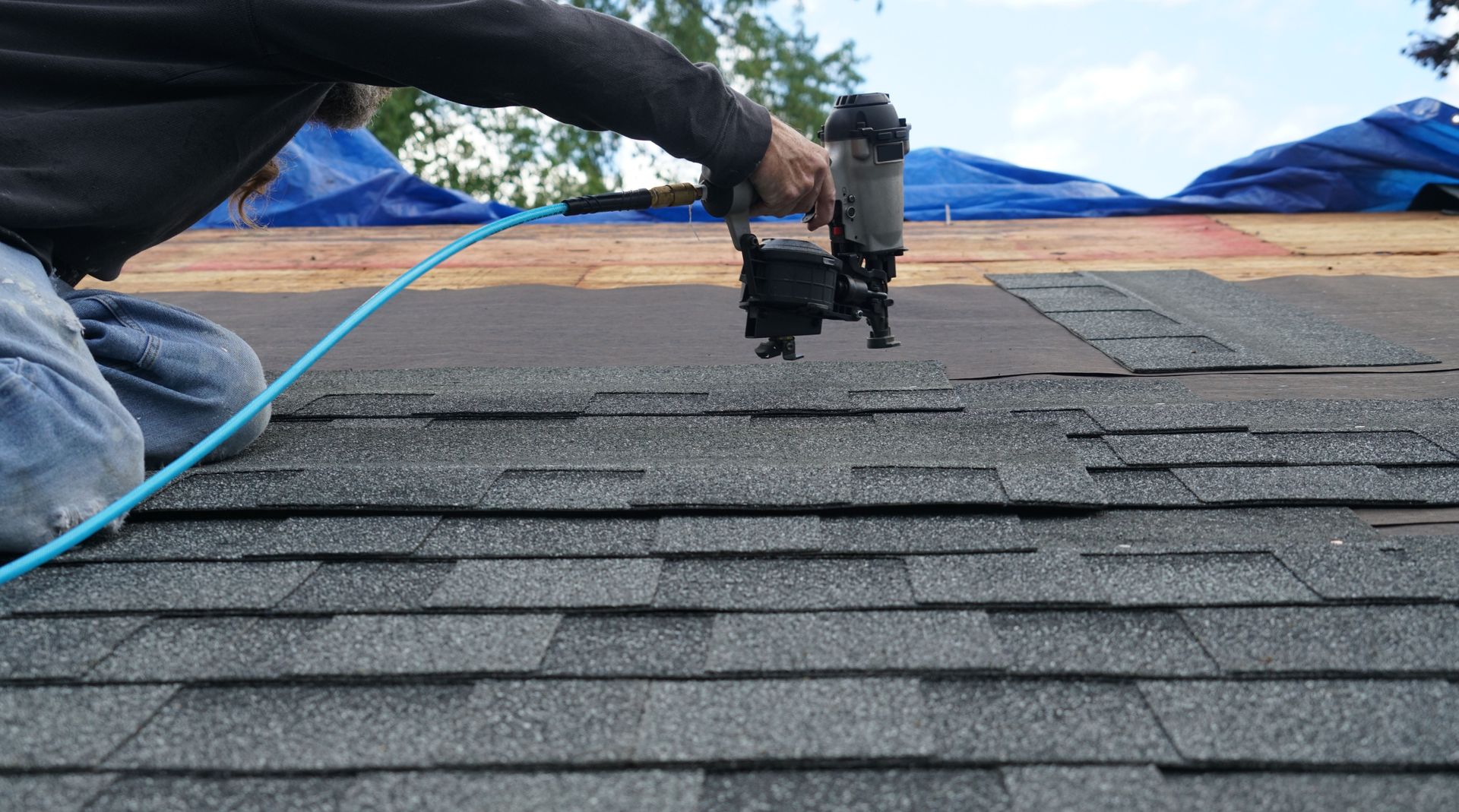

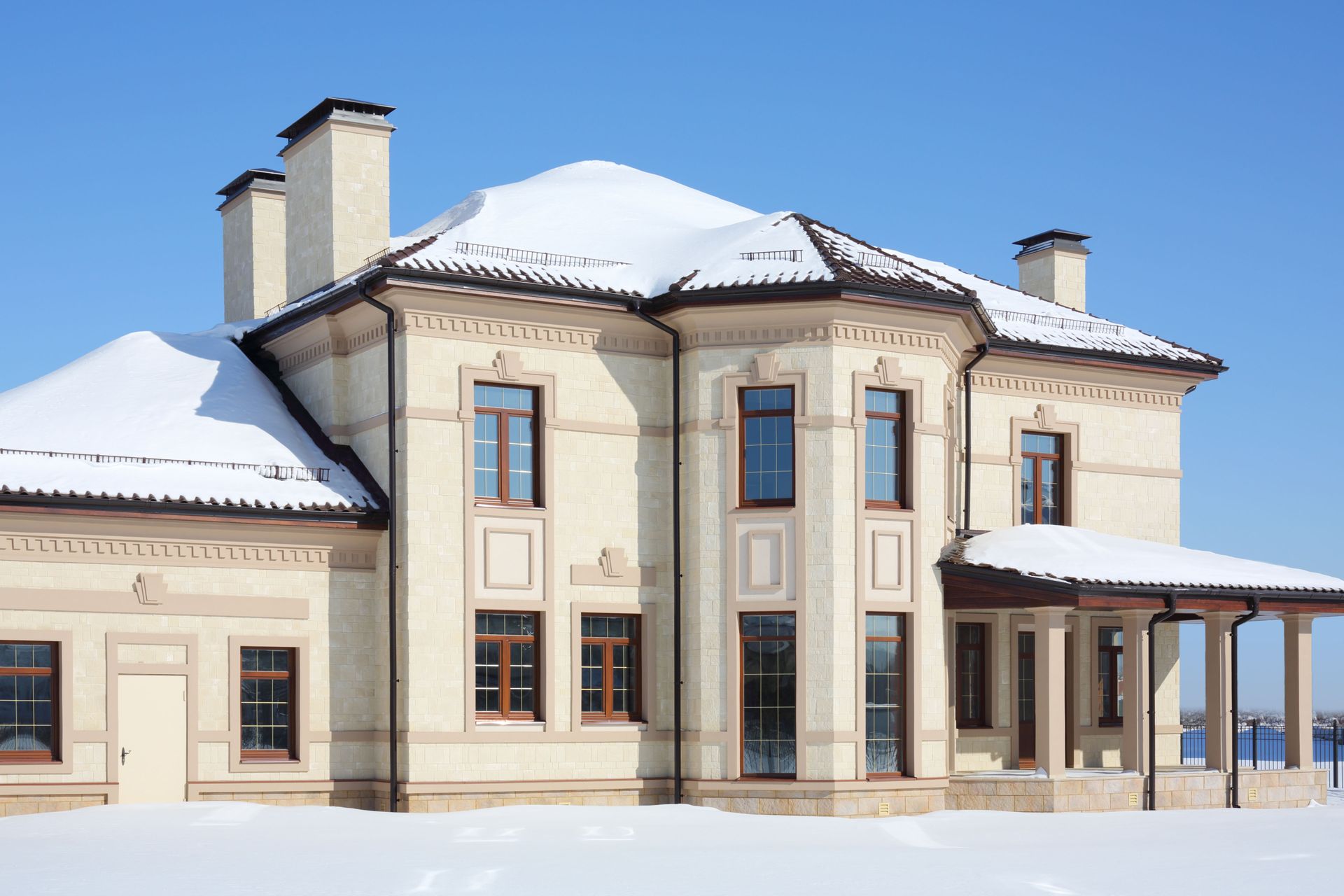
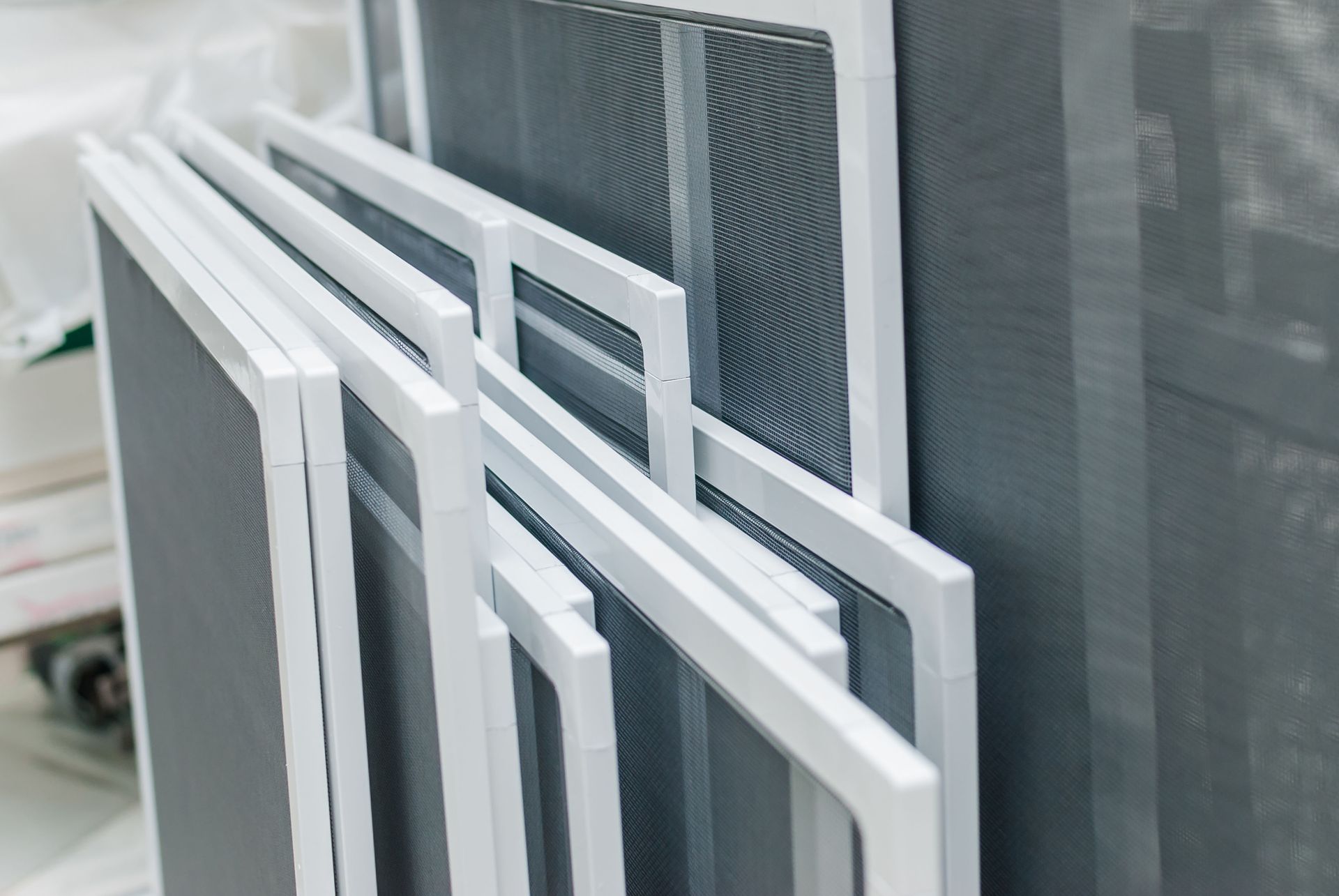
Share On: